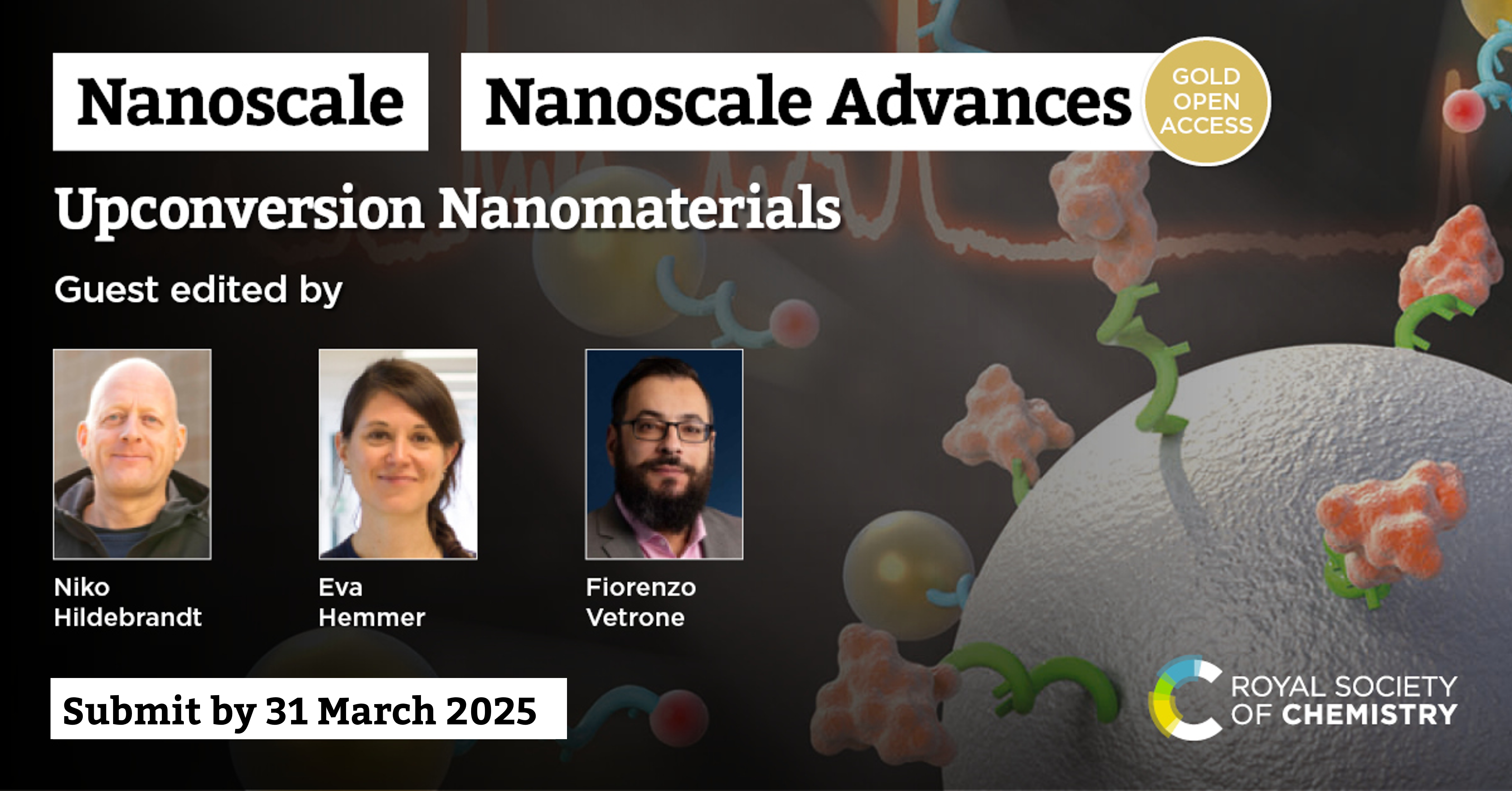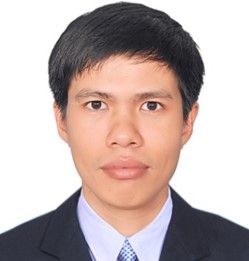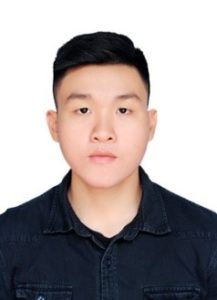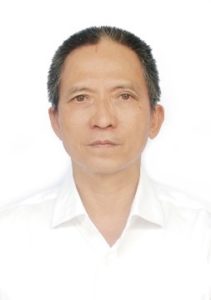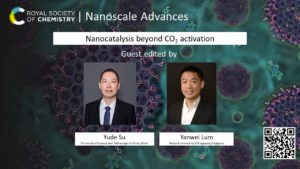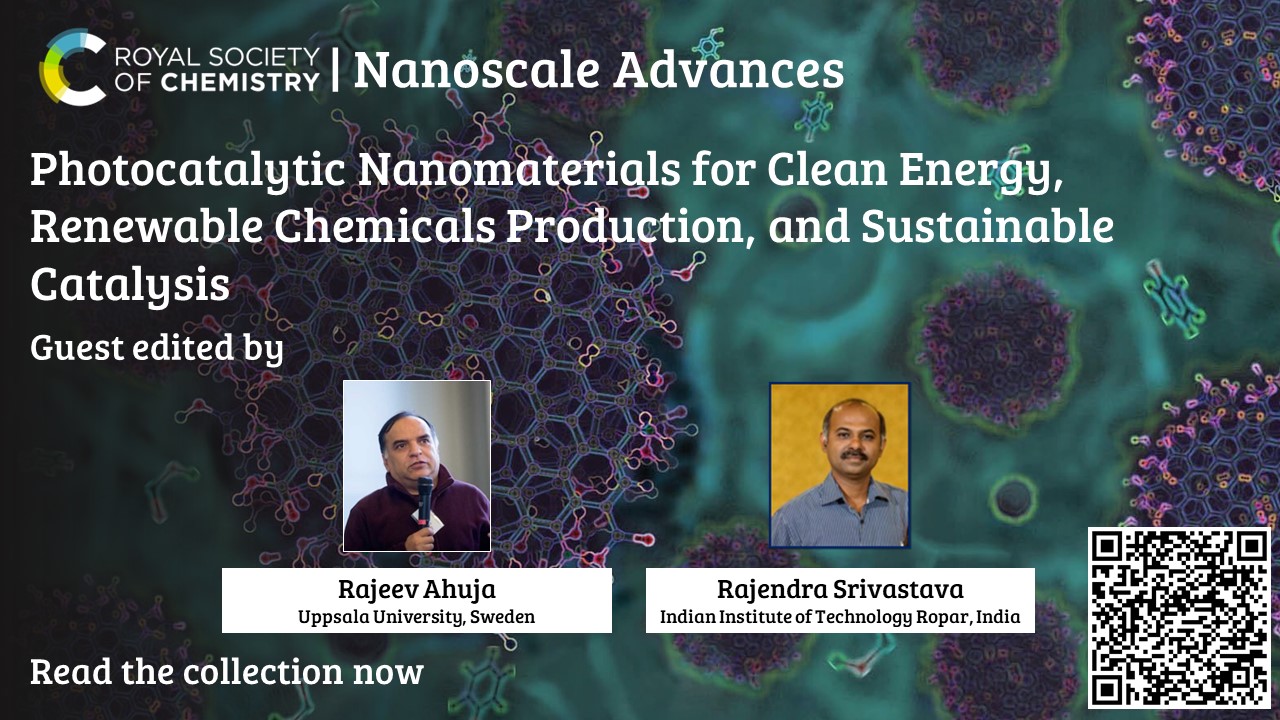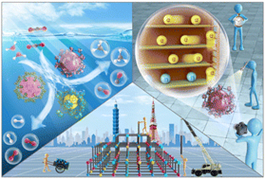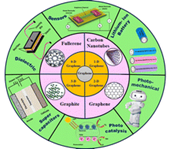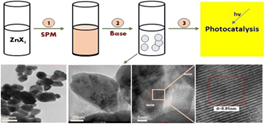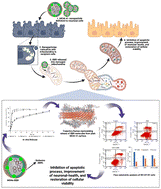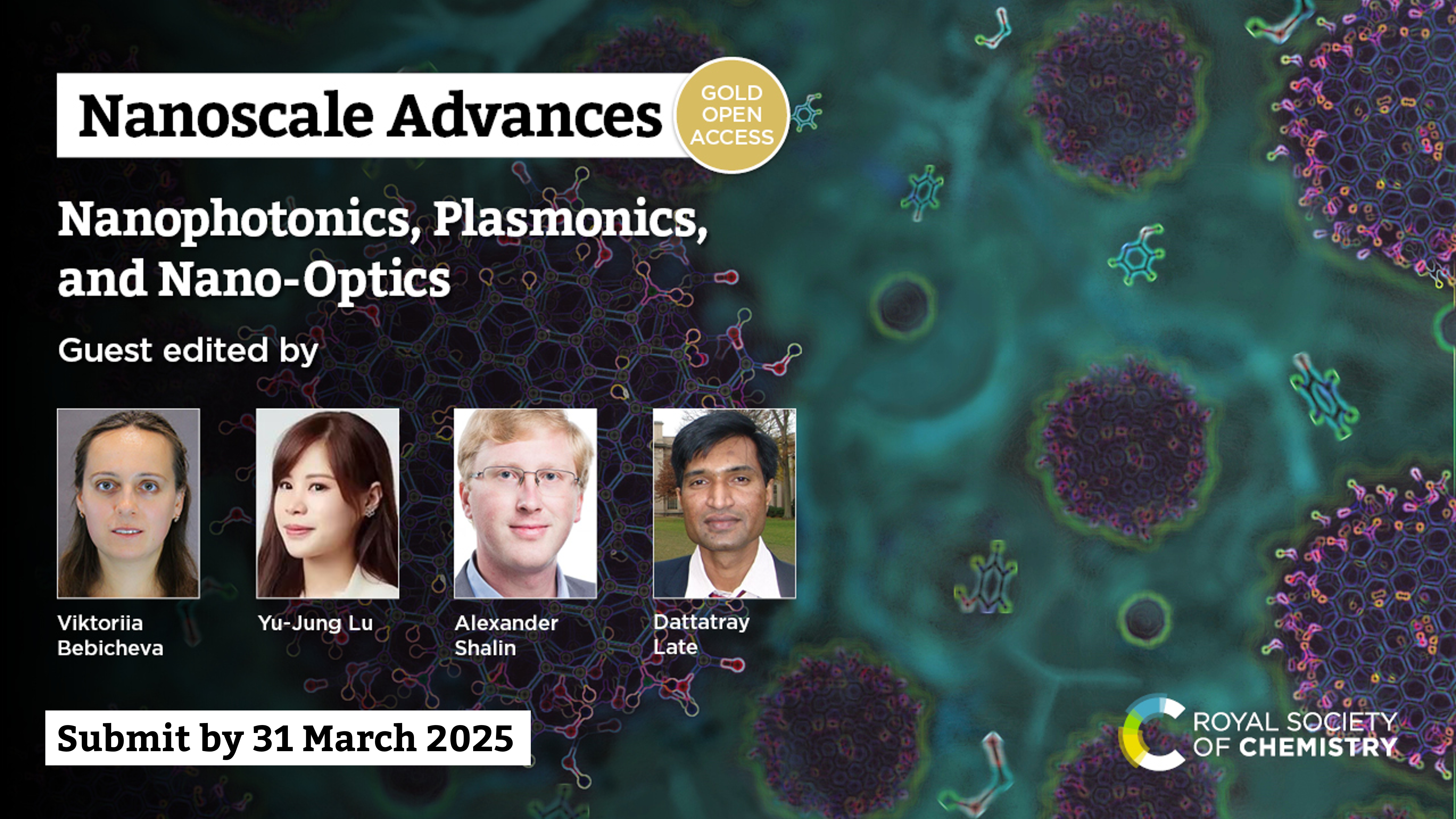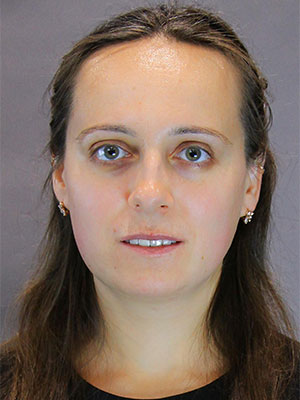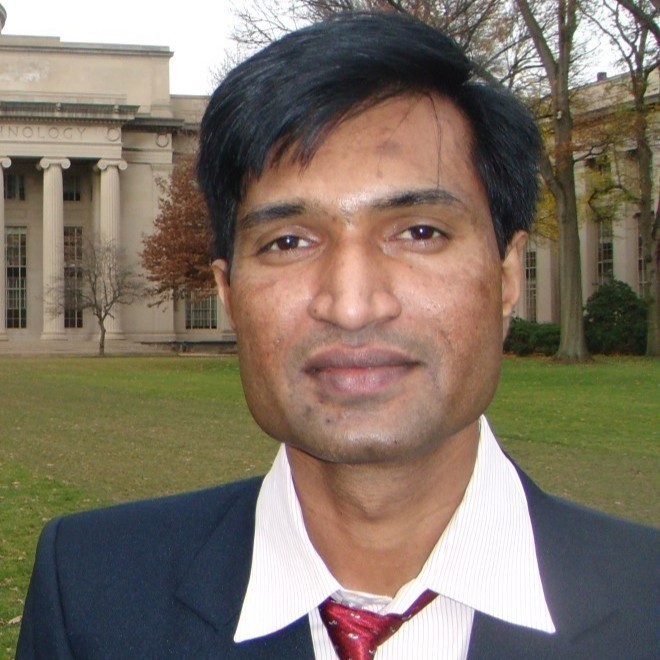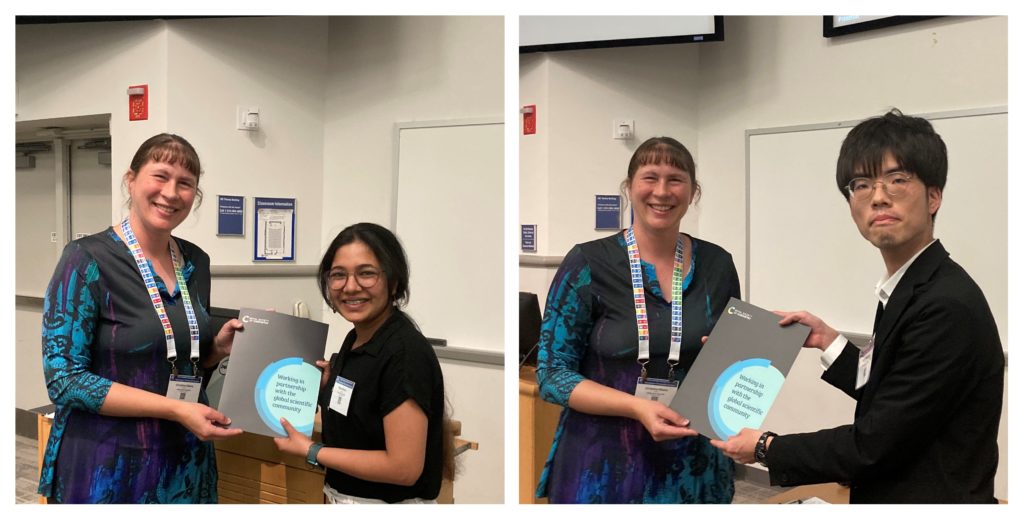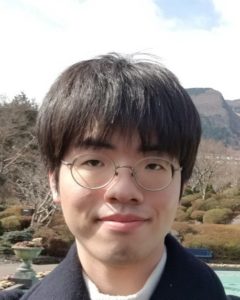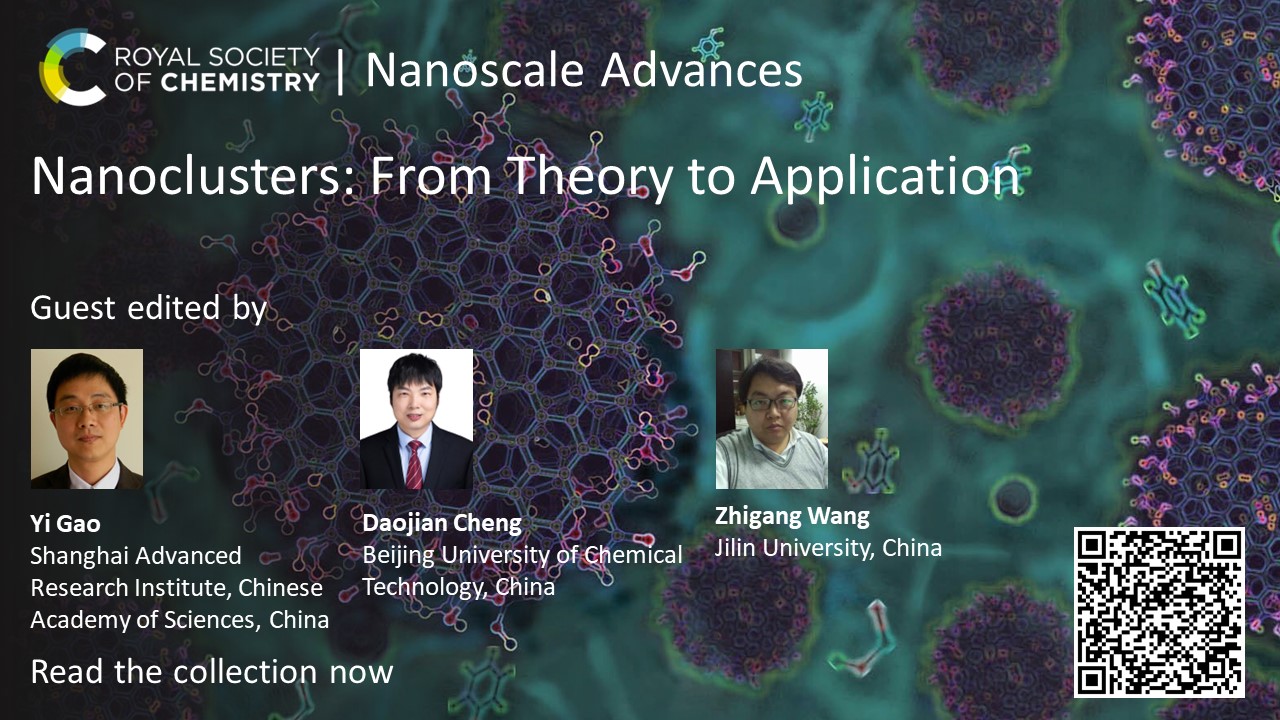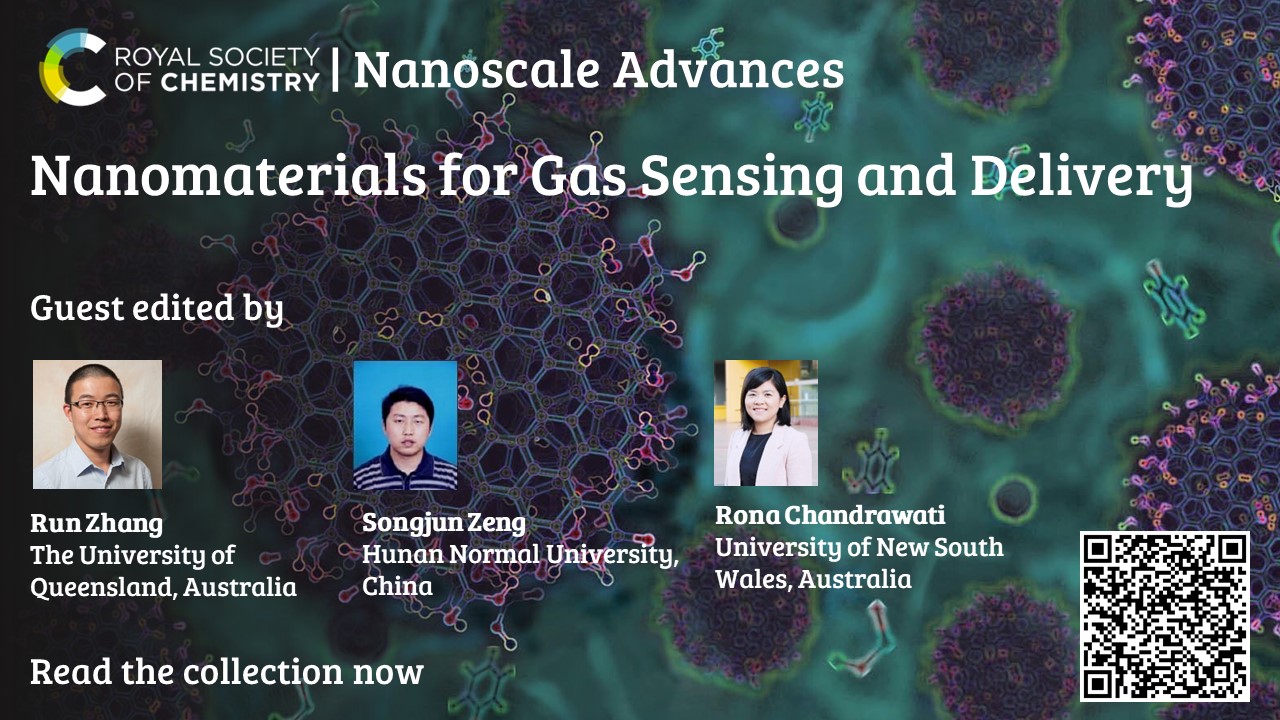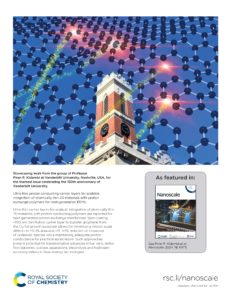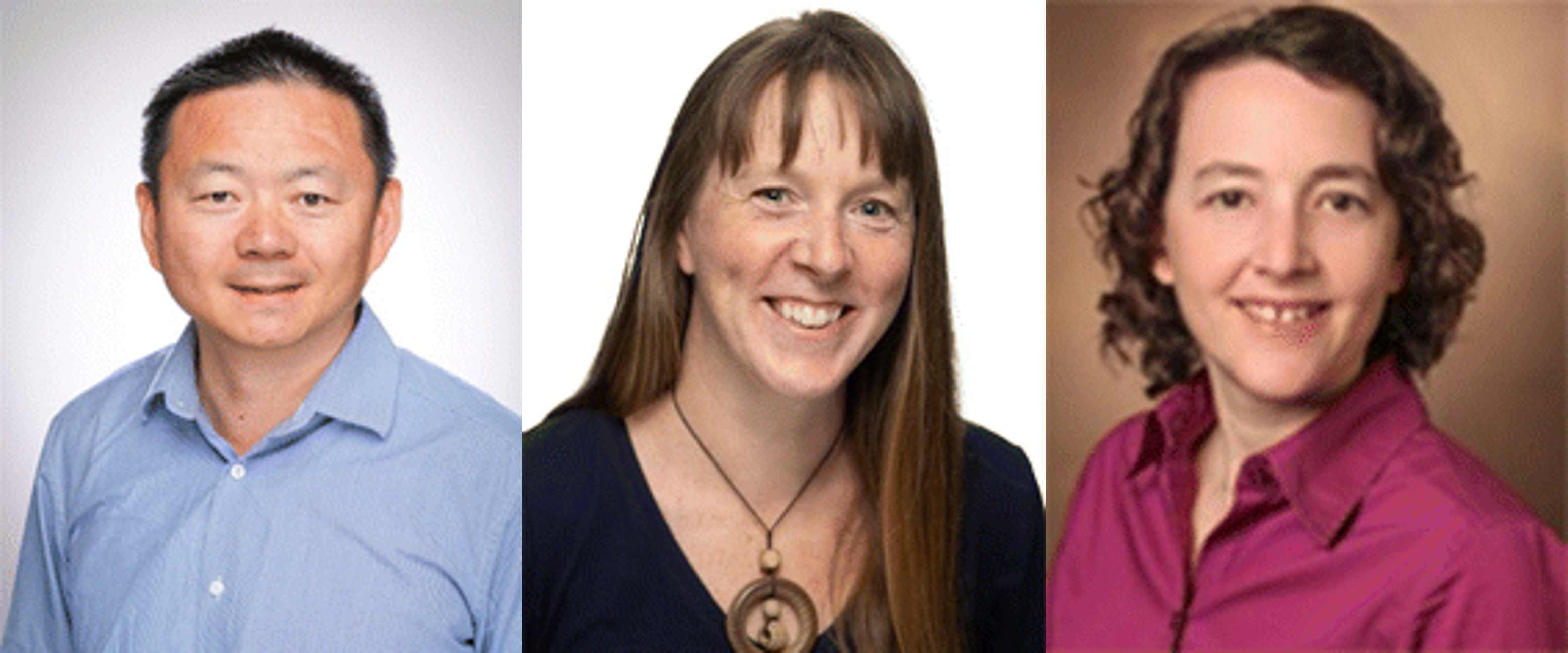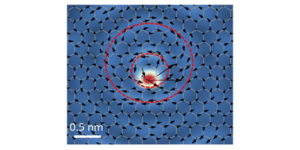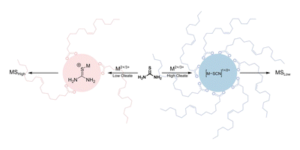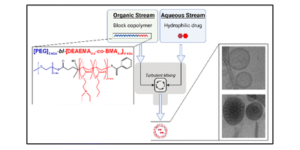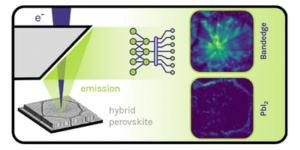We are delighted to announce an open call for papers for a special collection based on UPCON24 which took place in (Montréal, Canada) to be published in Nanoscale and Nanoscale Advances.
In keeping with the program of the UPCON 2024 conference, the following upconversion-related topics are welcome:
- Fundamental aspects and modeling of upconversion photophysics and photochemistry
- Research, design, and synthesis of upconversion materials and compositions
- Molecular upconversion
- Triplet-triplet annihilation (TTA) upconversion
- Photophysical characterization of upconversion materials and molecules
- Material and toxicity characterization
- Surface functionalization and aqueous transfer of upconversion materials and molecules
- Instrument development (both spectroscopy and microscopy)
- Biological and chemical sensing
- Imaging (in vitro and in vivo)
- Photon upconversion enhancement (e.g., using plasmonic nanostructures)
- Dye sensitized upconversion
- Novel upconversion excitation schemes
- Thermometry
- Therapeutics and theranostics
Submit before 31 March 2025
If you are interested in contributing to this collection, please get in touch with the Editorial Office.
Please note that all submissions will be subject to initial assessment and rigorous peer review to meet the usual high standards of each journal. Submissions will be assessed and handled through peer review by our expert Associate Editors.
No costs are associated with a submission to Nanoscale. Please note that article processing charges apply to all articles submitted to Nanoscale Advances if, following peer-review, they are accepted for publication, unless your institute has an existing agreement with the RSC that covers publications in our gold open access journals. Details of the APC and discounted rates can be found here. Corresponding authors who are not already members of the Royal Society of Chemistry are entitled to one year’s Affiliate membership as part of their APC. Find out more about our member benefits.
This themed collection is Guest Edited by:
 |
Niko Hildebrandt
McMaster University, Canada ORCID: 0000-0001-8767-9623 Canada Excellence Research Chair in Nano-Optical Biosensing and Molecular Diagnostics since September 2023. His nanoFRET group comprises chemists, physicists, and biochemists who work together to create and develop novel biosensing technologies, integrating them into real-life bioapplications. Mainly focusing on Förster Resonance Energy Transfer (FRET) with lanthanide complexes, lanthanide nanoparticles, quantum dot nanocrystals, and organic dyes. More information can be found here. |
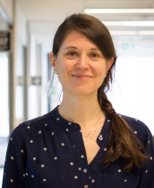 |
Eva Hemmer
University of Ottawa, Canada ORCID: 0000-0002-9222-1219 Eva Hemmer is an Associate Professor of Materials Chemistry at the University of Ottawa. She received her PhD (2008) in materials science from Saarland University, Germany. After a postdoctoral experience at Tokyo University of Science, Japan, with Prof. K. Soga (2009-2012), she moved to Canada to become a joint Alexander von Humboldt postdoctoral fellow with Profs. F. Vetrone and F. Légaré at Institut National de la Recherche Scientifique (INRS-EMT, Montreal, 2012-2015). In the winter of 2016, Eva came to Ottawa where her research team focused on new designs of upconverting and near-infrared-emitting rare-earth-based nanoparticles for bioimaging, optoelectronic, and optomagnetic applications, accompanied by chemically controlled synthesis via microwave-assisted routes, surface chemistry, and understanding of structure-property relationships. She received the 2021 Jubilee Global Diversity Award of the American Ceramic Society (Engineering Ceramics Division) and the 2021 Early-career Achievement Award in Nanoscience and Nanotechnology by NanoOntario. |
 |
Fiorenzo Vetrone
Institut National de la Recherche Scientifique, Canada ORCID: 0000-0002-3222-3052 Professor Vetrone received his Ph.D. in Chemistry from Concordia University followed by postdoctoral fellowships funded by the Royal Society (UK) and the Natural Sciences and Engineering Research Council (NSERC) of Canada. He was appointed Assistant Professor of Nanobiotechnology at Institut National de la Recherche Scientifique, Centre Énergie, Matériaux et Télécommunications (INRS-EMT) in October 2010 and promoted to Associate Professor in June 2015. He was hired to develop an ambitious and vigorous research programme at the vanguard of nanomaterials research and their implementation in the life sciences and nanomedicine. The overarching theme of his research group is to develop multifunctional nanoplatforms, excited by near-infrared light, to simultaneously trigger other light activated modalities. |


